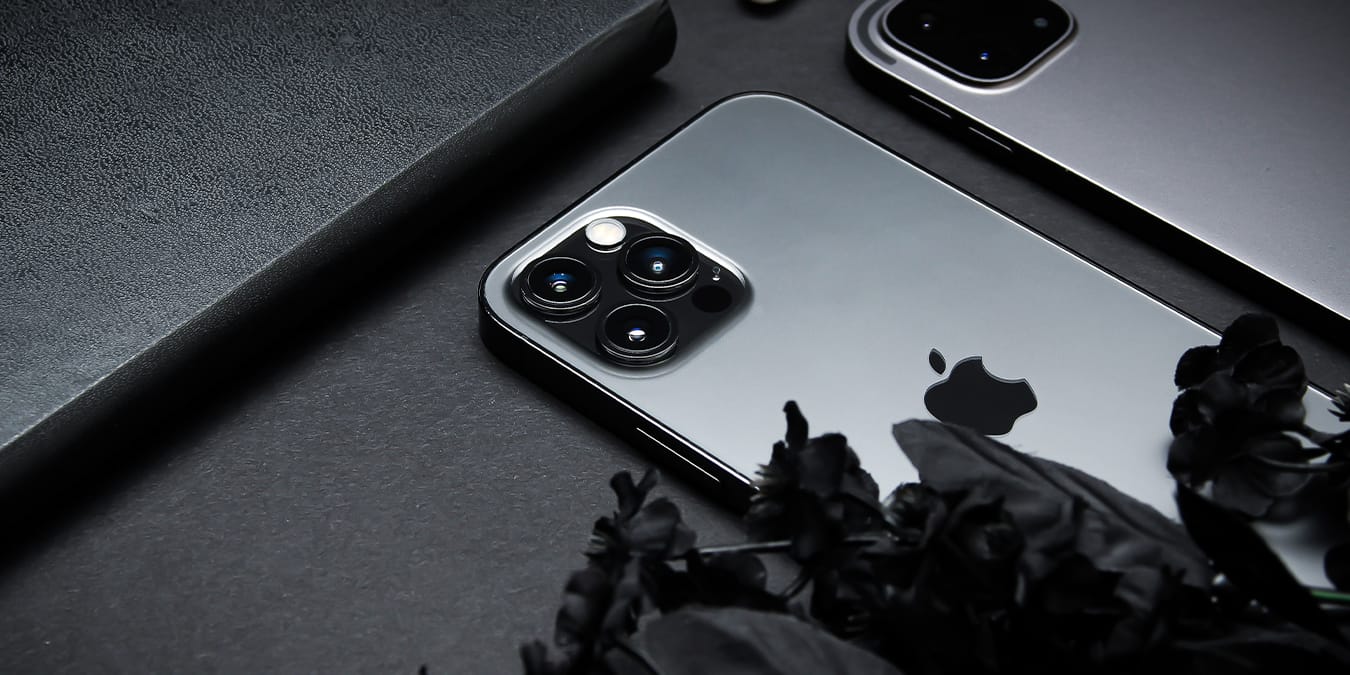
If you’re like most people, your smartphone is probably at the heart of your digital life, storing highly sensitive data and years of memories. However, owing to their nature, these devices are prone to damage, getting lost or stolen. This makes backing up your phone an important task.
For iPhone users, automatic backup of data to iCloud is available but only up to 5GB of data. (That’s how much storage each Apple ID receives for free.) This means you may lose your contacts, media files, and documents if you don’t have a premium iCloud plan. Here are a few different options you can use to back up your iPhone so that your data is safe even if it gets lost, replaced, or damaged.
Using iCloud and iTunes
These are the two basic methods Apple offers for backing up your iPhone.
With iCloud, you can access your backup from anywhere, and it won’t be affected by any potential problem with your computer. It is automatically encrypted, and you can always back up to iCloud via Wi-Fi from your device. Apple only doles out 5GB of free space on iCloud, so anything beyond that calls for an upgrade to a paid iCloud account.
Launch the Settings app on your iPhone. Tap on your name (at the top). Pick “iCloud” and select “iCloud Backup.” To force a manual backup, tap on “Back Up Now.” If you’d like to automate this process, toggle the switch next to “iCloud Backup.”

On the other hand, iTunes doesn’t rely on the cloud, but you can only restore your backup from your iTunes account via your computer. With this method, if your computer crashes or gets damaged, your backup goes down with it. However, you can encrypt the backup to retain any passwords or sensitive data.
Plug in your iPhone to your Mac and check the “Automatically sync when this iPhone is connected” option. (Also, make sure to select “Back up all of the data on your iPhone to this Mac.”) That way, whenever you connect your phone to your computer and launch Finder (keep in mind that iTunes is now part of Finder on macOS), an automatic backup occurs.

Back Up to Online Storage
Besides iCloud and iTunes, you can also back up your iPhone to online storage services such as Google Drive, Dropbox, or OneDrive.
These are typically less expensive services compared to buying online storage via iCloud. If you intend to switch to Android someday, you will still be able to access your data from your phone.
While online storage services back up photos, contacts, and videos, they don’t back up text messages, settings, voicemail, apps, or app data, among other things. However, they’re an excellent supplement if you run out of space on the free iCloud backup. They’re also a good alternative when you no longer have enough space on your computer for an iTunes backup.
Similarly, you can access the data from any device and any location as long as you have Internet access.
The only difference using this option is that you’ll have to upload your files and messages manually from your iPhone or computer. However, most services back up your photos automatically when saved on your device.
Using Google Drive
You can use Google’s services to create copies of your sensitive data. This backs up your photos, contacts, and calendar to Google Photos, Google Contacts, and Google Calendar, respectively. Here’s how to back up your iPhone to Google Drive.
1. Connect your iPhone to Wi-Fi.
2. Install and open the Google Drive app.
3. Tap on the “hamburger” button in the top-left corner.
4. At the top, tap Settings.
5. Tap Backup, then Start Backup.”

Note: If you back up photos multiple times, only new images will be backed up. It also overwrites any previous backups for calendars and contacts. Photos organized into albums won’t back up to Google Photos. Similarly, calendars or contacts from other services like Exchange or Facebook won’t be backed up.
Stick to a Layered Approach
Layered backup means your iPhone is part of your overall backup strategy, which gives you protection at the highest level. At its core, this approach gives you one central place to store all your messages, apps, contacts, videos, and other data. That central place, ideally, is your laptop or desktop computer.

Back up your iPhone to your computer, then back up your computer to the cloud in the following way:
1. Back up your iPhone using iCloud or iTunes.
2. Use an online storage app to automatically sync, share, or copy your photos and videos to your computer. This may not move app data or messages. Also, apps may be complicated to set up, and not all are free to use – but they’re automatic.
3. Back up your computer to the cloud to protect all your data.
With this layered approach, you have everything backed up no matter what happens to your iPhone or your computer, as you have a backup of your backup.
Wrapping Up
That would be all there is to know on how to back up your iPhone. As discussed earlier, you should also consider backing up your Mac to ensure all your sensitive data is stored somewhere safe. With that said, here’s how to set up Time Machine on your Mac and the best free backup applications for macOS.
Our latest tutorials delivered straight to your inbox



















